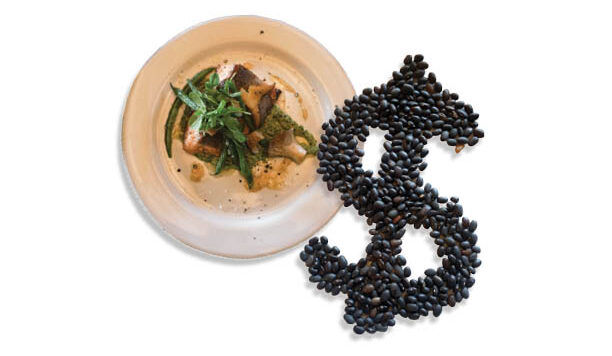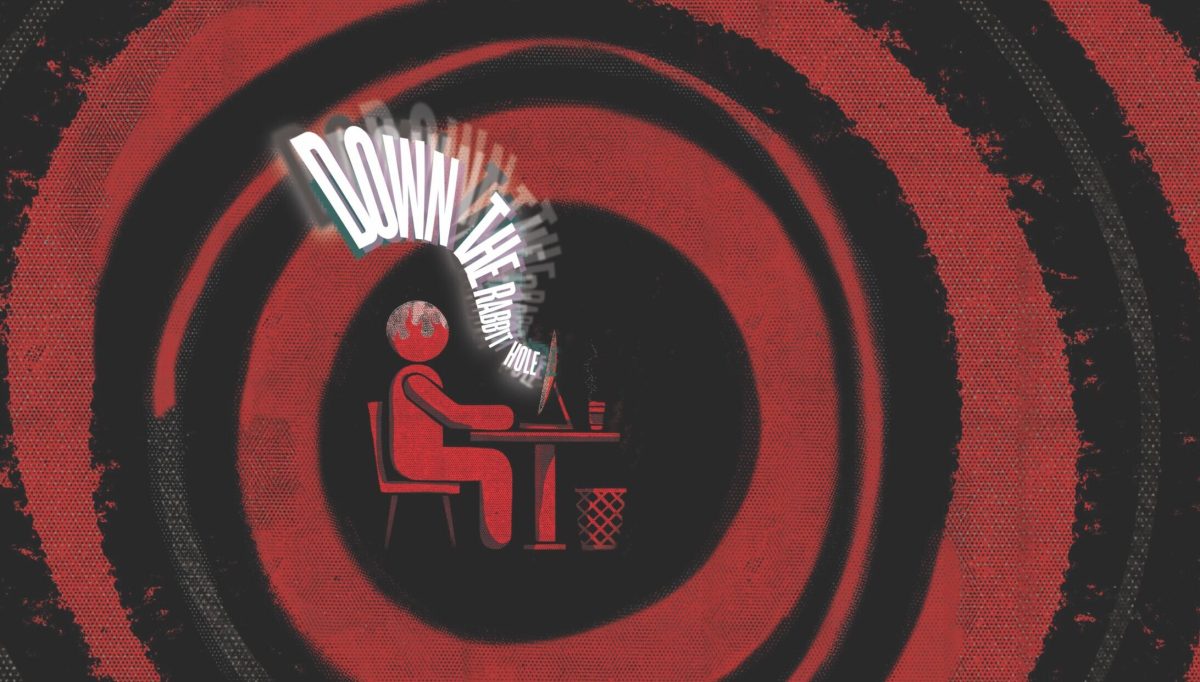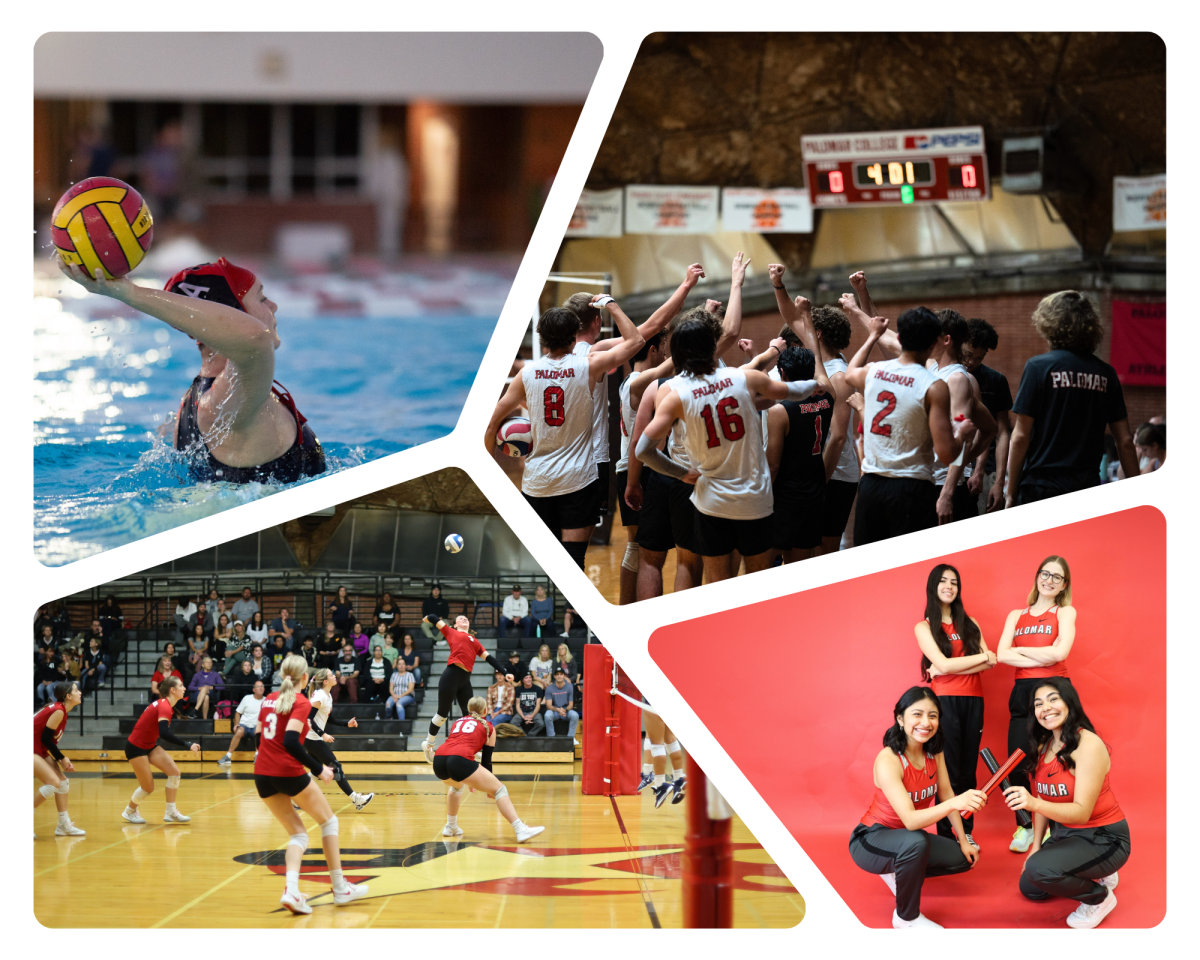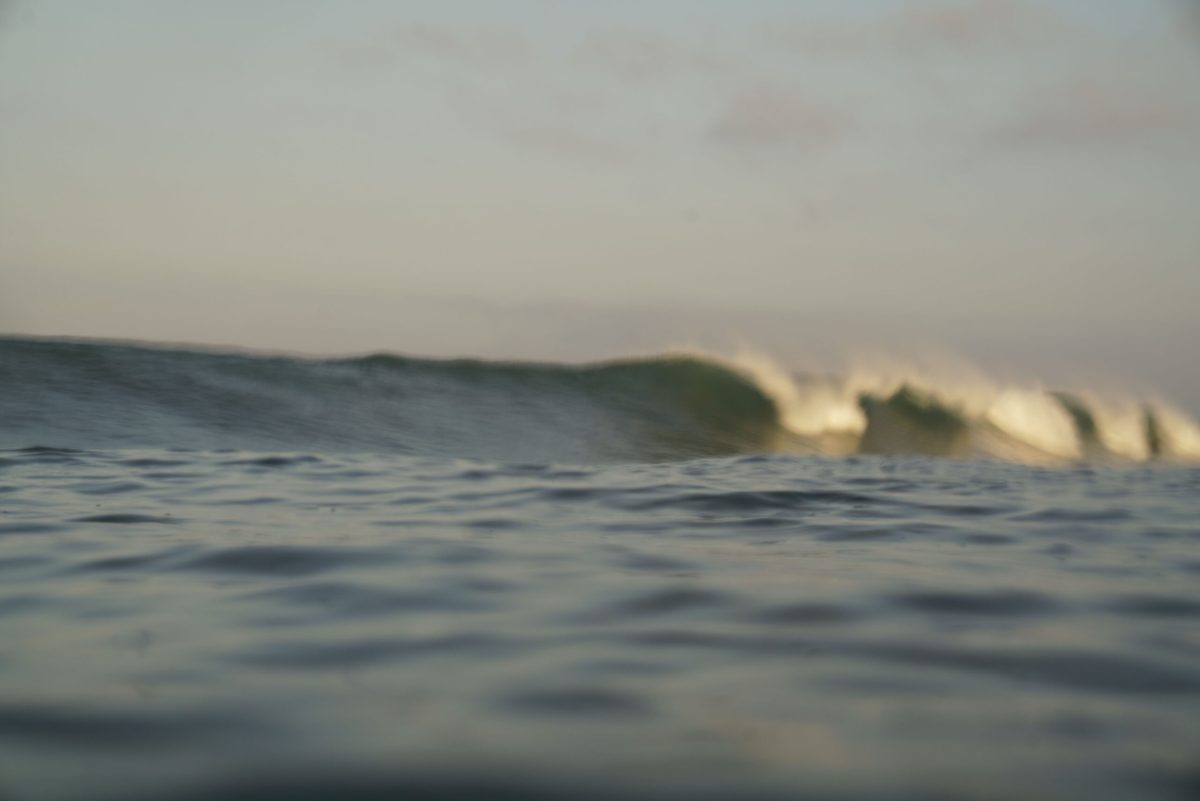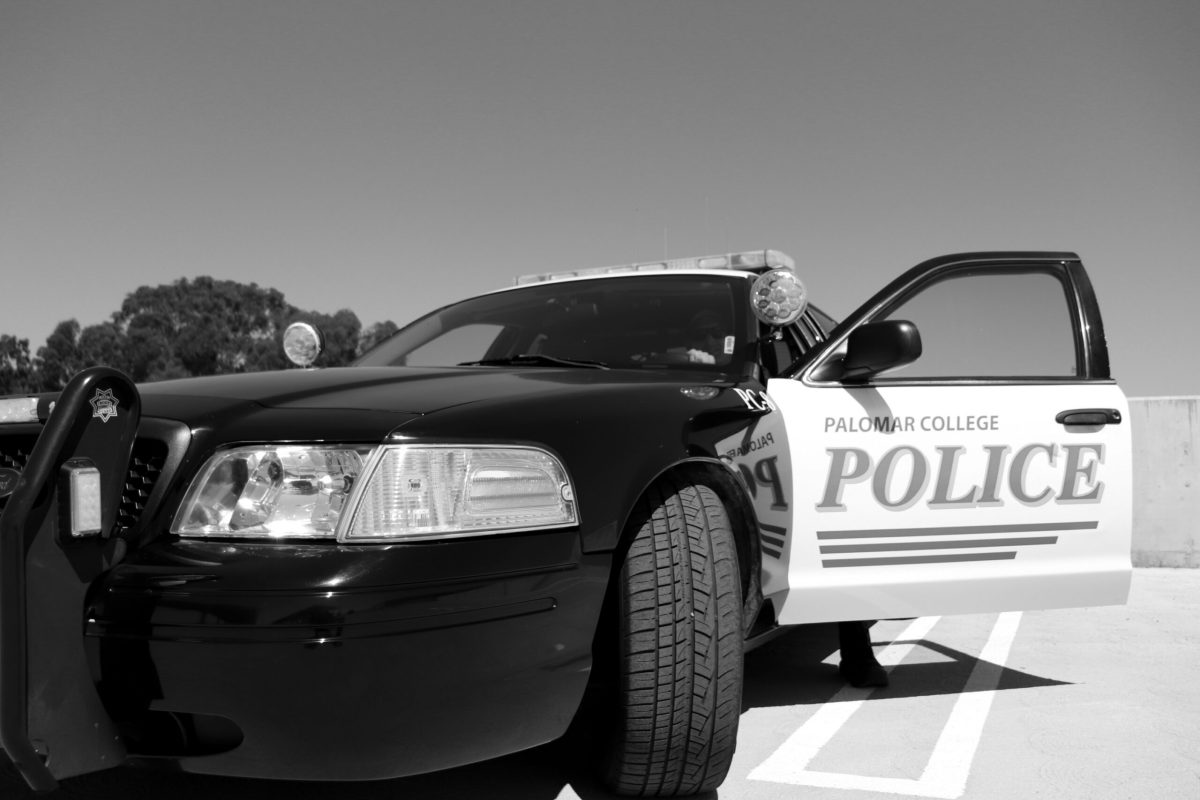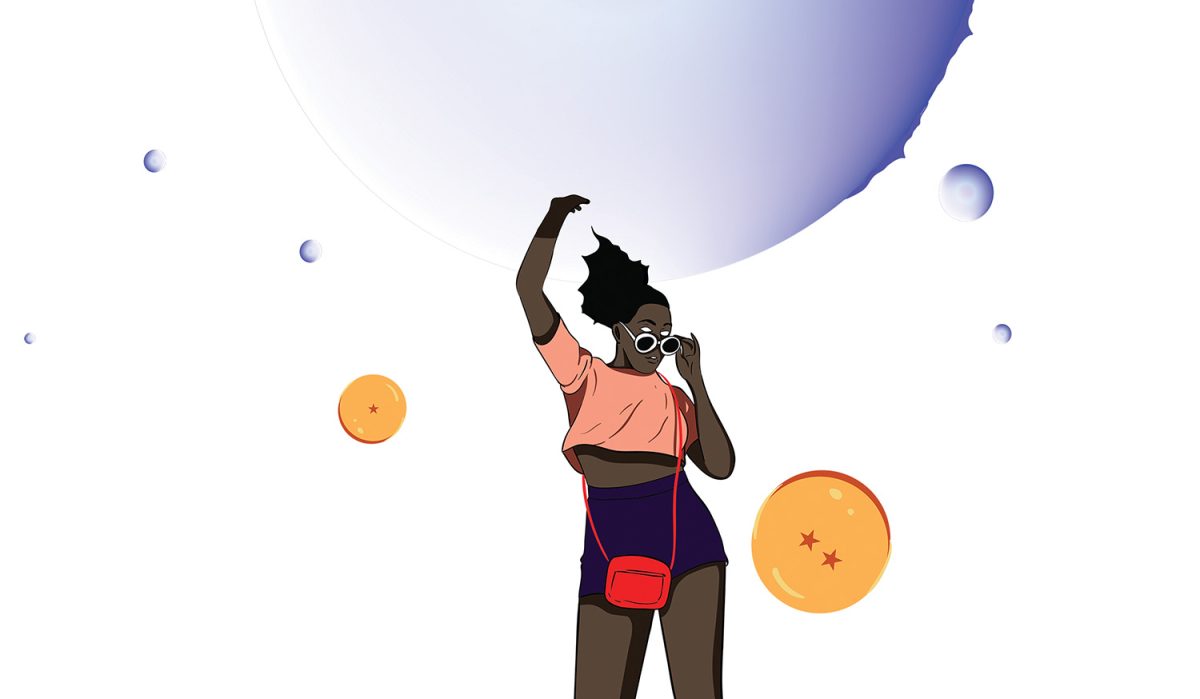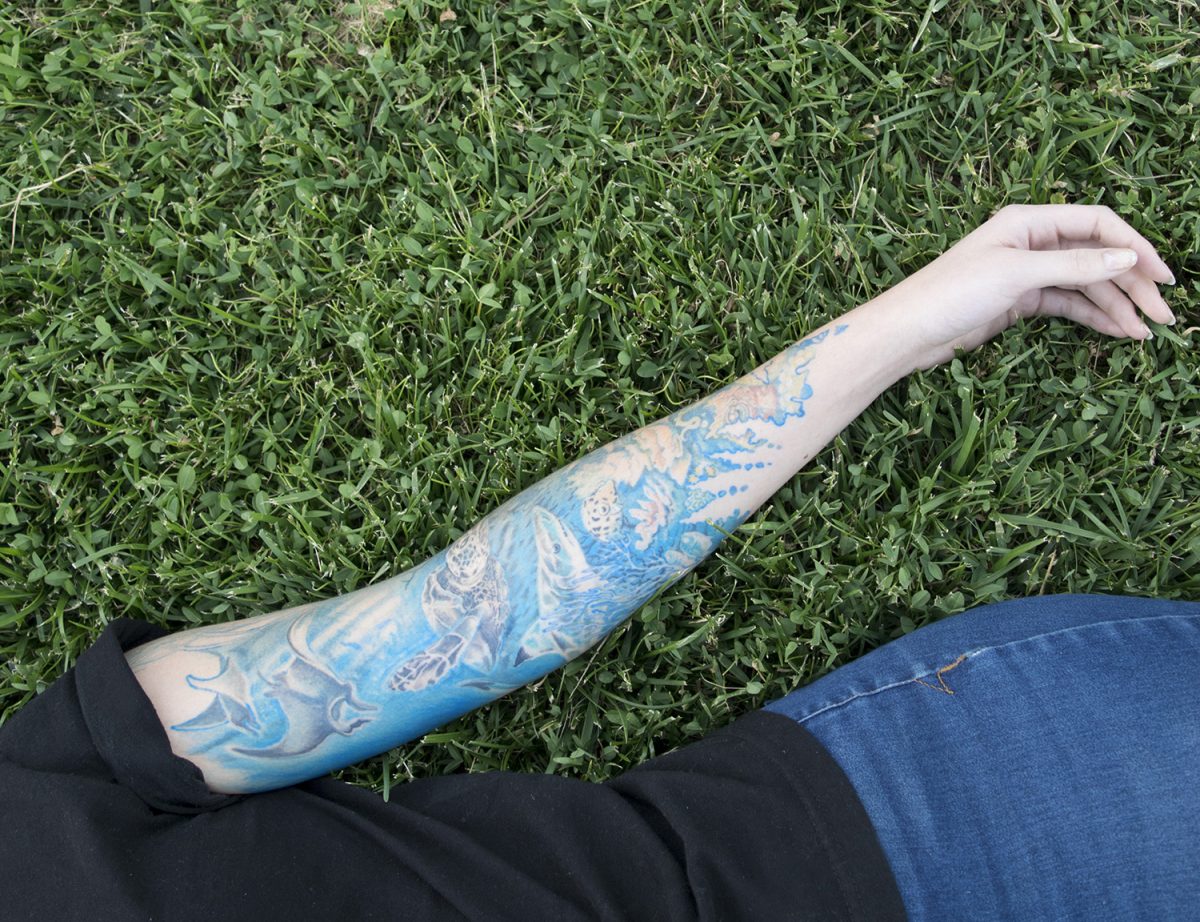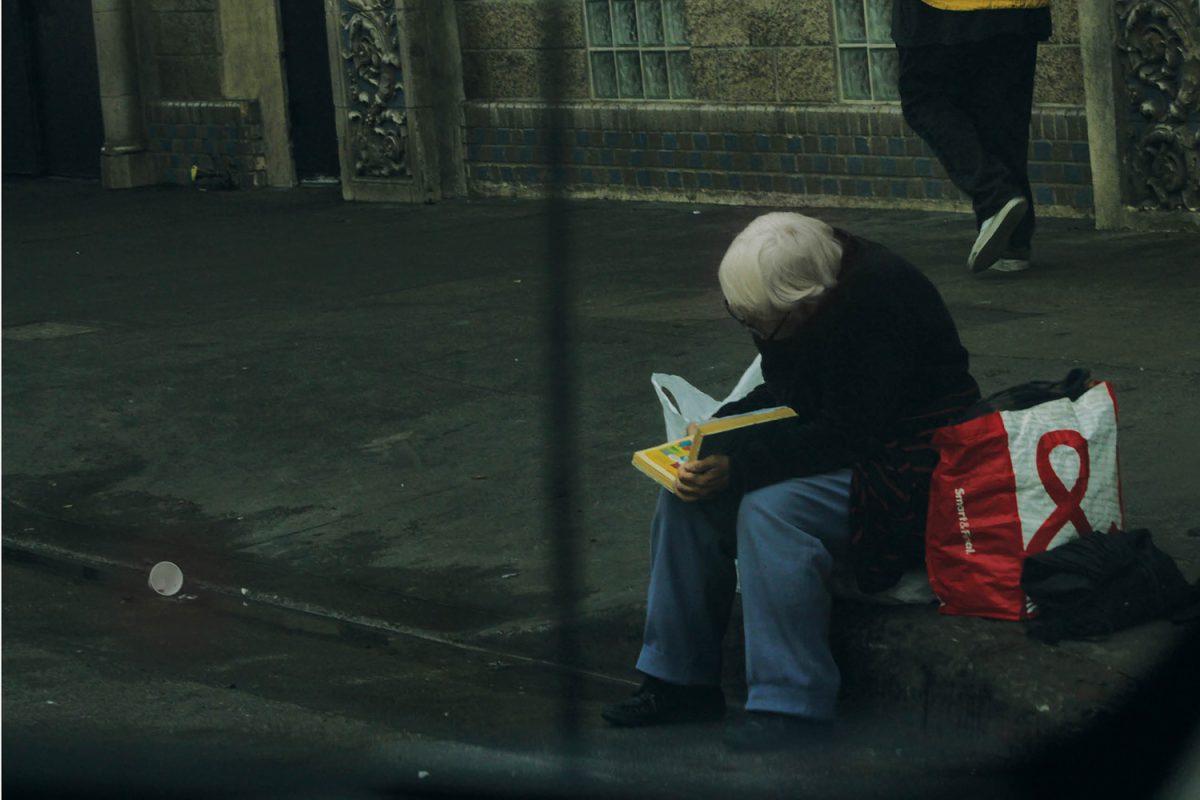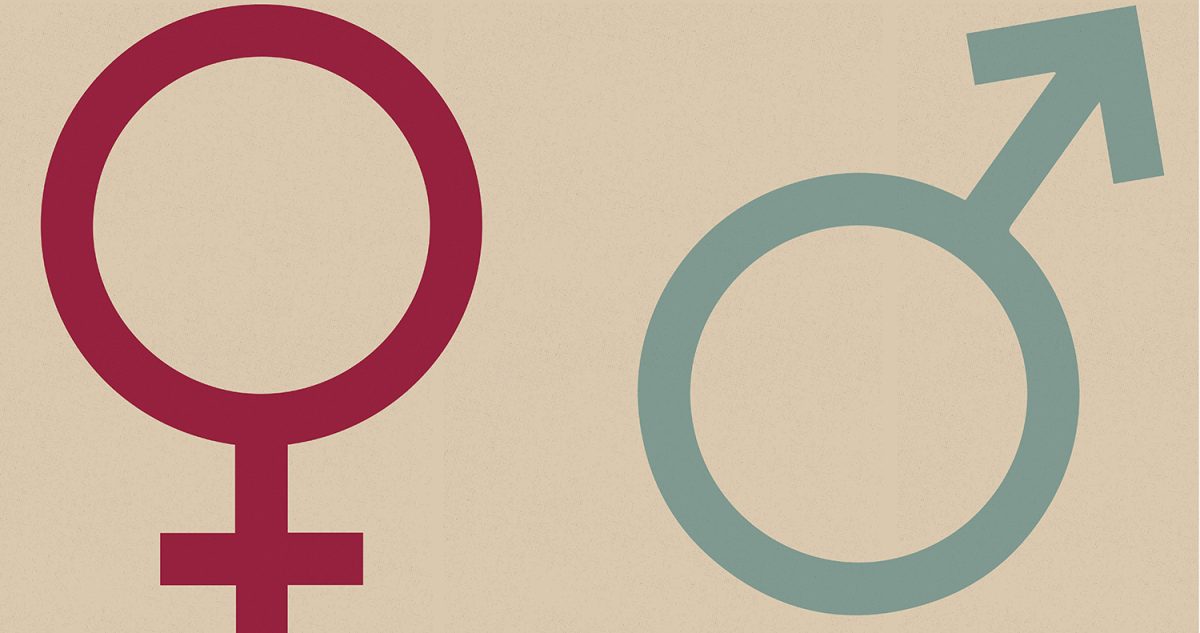It’s a Sunday afternoon, and the sun is shining down in North County San Diego. Off the I-15 freeway lies Pala Raceway, a haven for motor sport lovers, young and old. For most, it’s a weekend hobby. For some, it’s their life.
But, where did it all begin?
While motocross seems to be such an American sport, it didn’t actually originate here. The sport originated in Europe, and then traveled overseas to the United States in the 1960s. By 1970, the American Motocross Association, or AMA, had developed it’s own competitive tour series. Its popularity skyrocketed, and the first AMA Motocross Championship race was held in Southern California at the Los Angeles Coliseum in 1972.
Since then, the sport has become even larger, with tours such as Monster Energy AMA Supercross, Lucas Oil Outdoor National Championships, the highly-coveted Monster Energy Cup, along with amateur tours all over the nation.
When you look at a list of champions, whether it be for the Lucas Oil outdoor nationals or the Monster Energy series, most of them are male. It seems as though this is a sport that struggles to bring female riders into the spotlight. However, if you dig a little deeper into the sport, you find it has not always been the case.
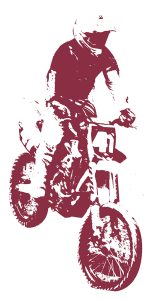
PAST
Women have been racing motocross since the sport traveled overseas, with the Women’s Motocross League forming in the 1970s. One of those trailblazers is Southern California native Mercedes Gonzalez.
Gonzalez won 14 titles throughout the course of her career, including national titles as well as Loretta Lynn titles. Loretta Lynn is a track in Tennessee, and one of the most well known tracks in motocross history. If a rider wants to race at Loretta Lynn, they must qualify, competing with riders from across the country, making it one of the most highly coveted titles in the sport.
In the late 80s and early 90s, Gonzalez was a member of Kawasaki Team Green, one of the larger factory teams. She paved the way for the female riders that came after her, and inspired those who raced with her.
Women’s involvement in the sport steadily grew into the 2000s, with more professional female riders dominating the sport. Ashley Fiolek, a Michigan native, rose to prominence in 2008, when she won the Women’s Motocross (WMX) Championship. She then went on to win the championship in 2009, 2011, and 2012, before retiring from the sport in 2013.
In 2008, Fiolek was the first female to be featured on the front of TransWorld Motocross, a well known motor sports magazine. She was also the first female rider to be brought onto the Honda Factory Racing Team. “Even though I was successful and had the first factory ride for a female, I realized the sport was not treating us women the same as guys, which it should be.” Fiolek also noted that women in the sport received very little television coverage, and they were not paid as much as men in the sport. “We had very little exposure (no tv coverage), the race and practice schedule is way off compared to guys, so was the purse. It’s really hard to risk my life for little money and feeling like it was so unequal for women,” Fiolek said.
Fiolek is arguably one of the most well known females in the sport, due to her talent on a dirtbike. But, there’s a catch- Fiolek was born deaf, and communicates using American Sign Language. You could imagine that being in a sport such as motocross without the ability to hear, but that’s never stopped her.
Fiolek is now a representative for Husqvarna motorcycles, a company that also has their own racing team, and she runs her own motocross school, teaching riders of all ages the basics of the sport that travels all around the country.
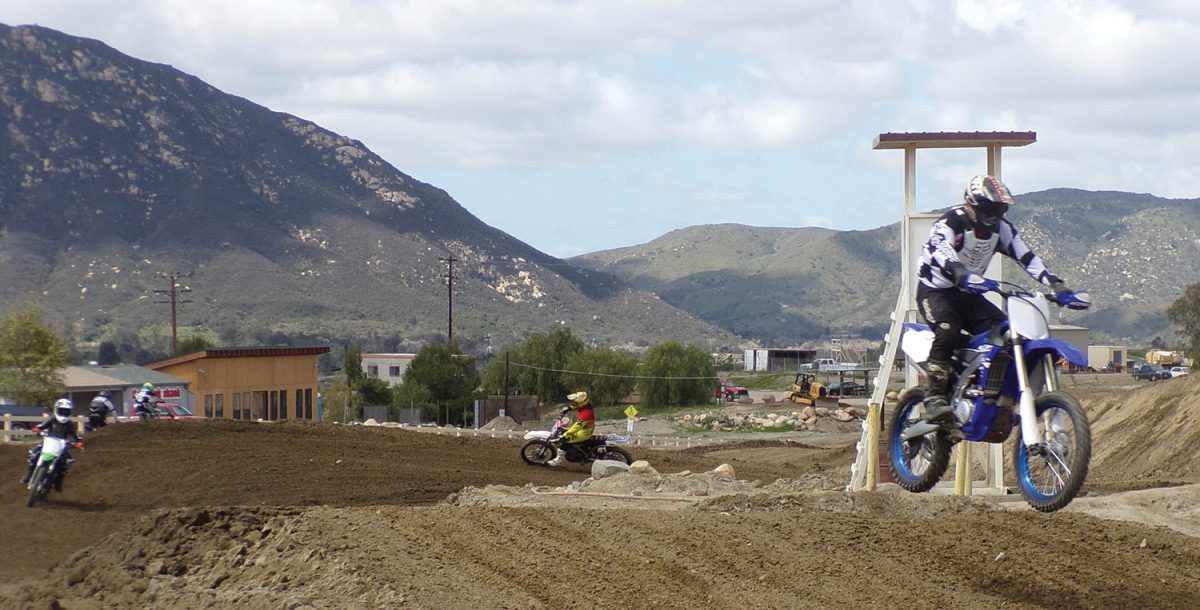
PRESENT
Without the people who dominated the sport in the 80s, 90s, and 2000s, we wouldn’t have the riders we know today, who are taking the world by storm in the motocross industry.
Vicki Golden, a San Diego native, is one of the most well-known female riders in the industry today. While Golden has spent many years racing for standard motocross titles, she has become prominent in the area of freestyle motocross.
While average motocross is about racing and speed, freestyle motocross focuses more on jumps, tricks, and stunts. Freestyle riders use ramps, hills, and sometimes even buildings to show off their talents. Since its introduction into the area in the late 90s, it has become a popular form of the sport.
Freestyle motocross is an area that feels daunting to many dirt bike riders, due to the level of intensity and the risks involved. “It’s more of a mental hurdle than anything. It’s pretty obvious that Supercross is physically taxing. It’s also a mental sport, but in freestyle, you have to be very calculated,” Golden told TransWorld Motocross in 2017. “The consequences are way greater in freestyle. I can only practice a certain trick five or six times, and then I move on to something else. Muscle movement is key, and so is the mindset. You have to ask yourself, ‘How much do I want to scare myself today?’”
In 2015, Golden became the first woman to qualify for the “Fast 40,” being one of the riders to transition into the main event after a qualifying race during the Monster Energy AMA Supercross Championship. She was also the first woman to compete in a freestyle MotoX competition, and she currently holds three X-Games gold medals.
Not everyone can start out as a professional, and that can be said for about every single sport that exists. With hard work and dedication, you can move up in the ranks and make a career for yourself doing what you love.
That’s what Jessica Patterson did. Patterson holds seven WMX titles, second to Mercedes Gonzalez. Patterson went professional in 2000, after winning 42 amateur titles in the sport. Currently, she races in the areas of outdoor motocross and is a strong advocate for WMX. “I think we need the TV time and more exposure so that everyone in the world can see what we do and hopefully give the other women the confidence to do what they want in life. The WMX is pretty extreme and it is a “man’s sport,” but like I said when other people or women see what we’re doing, they are in awe. The WMX allows people to see that women can ride and race any kind of motorcycle and have fun. It demonstrates that women can race a series and if they work hard enough even get a factory ride,” Patterson told MotoUSA.
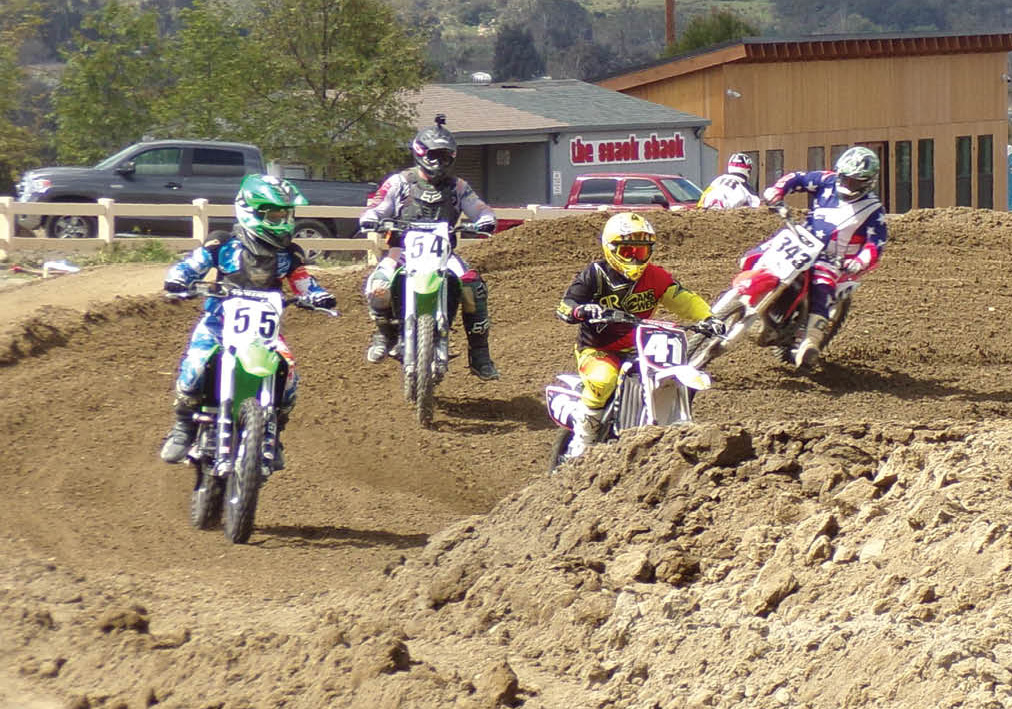
Motocross at Papa Raceway. Victoria Price/Impact MagazineFUTURE
The future of women dominating the motocross industry seems bright. Younger riders are coming into the sport and continuing the legacy that has been left behind.
One of those young riders is 19-year-old Hannah Hodges. Hodges is currently a part of Kawasaki Team Green, the same team that Mercedes Gonzalez was a part of. In 2013, she was named the 2013 AMA Female Moto Rider of the Year, and she holds a few amateur titles. She is currently traveling with Team Green and racing all around the country.
It’s no wonder that fans call Southern California the home of the motocross industry. Racing tracks clutter the open space, headquarters sit off the I-15, miles apart from each other. Every weekend, friends and families flock down the beaten path to a haven of dirt and mud, leaving their gear dusty and their bodies sweaty, but they wouldn’t have it any other way.
Those dirt tracks feel the presence of all walks of life, from young and old, male and female. Young girls race by the pits on small dirt bikes, pigtails flying, donning their pink Fox Racing gear. Older girls outlap the guys, with braids and ponytails catching the air behind them.
Someday, those young girls may compete for amateur and national titles, and join the ranks of Mercedes Gonzalez, Ashley Fiolek, and Jessica Patterson, among the handful of women who have left their mark on the motocross industry.
For kids dreaming of making it big, these are the people they look up to. Fiolek offered a word of advice for those girls who are fierce enough to swing their leg over a dirt bike. “Keep working hard. Don’t give up. Set a goal and work hard. Your goal will come to you. Also, anything is possible.”








